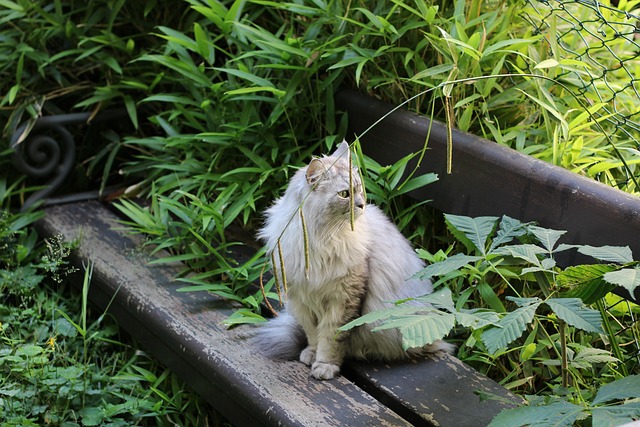Feral cats are often thought of as being tough and resilient, but the truth is that they are just as susceptible to diseases and parasites as domestic cats. For example, one of the most common questions from feral cat caretakers is whether or not these cats can get mange. Unfortunately, the answer is yes, feral cats can get mange, but it’s essential to understand that there are different types of mange, each with its symptoms and treatment options.
Can feral cats get mange?
Feral cats are domestic cats that have been abandoned or have never had any contact with humans. These cats are typically wary of people and prefer to live in colonies.
Because they are not socialized to people, feral cats are not suitable for life as indoor pets.
One potential health concern for feral cats is mange, a condition caused by parasitic mites. Mange can lead to intense itchiness, hair loss, and secondary infections.
While mange is most commonly seen in dogs, it can also affect feral cats.
A study published in the Journal of Feline Medicine and Surgery found that nearly 8% of feral cats examined were infected with mange mites.
Treatment for mange typically involves topical medications or scabicides, although severe cases may require hospitalization. However, with proper treatment, most cats will recover from mange without any long-term effects.
What is Mange?
Mange is a skin condition caused by parasitic mites. These mites burrow into the skin, causing irritation, inflammation, and hair loss.
There are two main types of mange in cats: demodectic and sarcoptic.
Demodectic mange is the more common type and is not contagious between animals. Sarcoptic mange, on the other hand, is contagious and can be passed from animal to animal through contact with contaminated bedding or clothing.
It is important to note that both types of mange can affect humans, although this is rare.
Symptoms of Mange in Feral Cats
Feral cats are wild cats with no contact with humans and live in colonies. They are different from stray cats, domestic cats that have been lost or abandoned and must fend for themselves.
Mange is a skin disease caused by parasitic mites. It is a severe condition that can make life difficult for feral cats.
The most common symptom of mange is intense itching, which can lead to hair loss, sores, and infections.
Mange can also cause fever, weight loss, and weakness.
If left untreated, it can be fatal. Fortunately, treatments available can help feral cats recover from mange. However, if you suspect that a feral cat has mange, you should contact a veterinarian as soon as possible.
Treatment for Mange in Feral Cats
While mange can be treated, it is essential to catch it early. If left untreated, it can cause serious health complications, including malnutrition and dehydration.
- The first step in treating mange is to isolate the affected cat from the rest of the colony. This will help to prevent the spread of the mites.
- The next step is to bathe the cat in a medicated shampoo designed to kill the mites. The shampoo must be left on for at least 10 minutes before rinsing.
- Finally, the affected area must be treated with topical medication. Mange can be challenging to treat, but it can be controlled with early detection and proper treatment.
Conclusion
If you suspect a feral cat has mange, it’s essential to seek veterinary care immediately. Mange is a treatable condition, but it cannot be easy to eradicate. With prompt treatment, however, most cats make a full recovery.
[su_box title=”Affiliate Disclosure”]This website is supported by its readers. Please assume that all links are affiliate links. If you make a purchase from one of the links we will make a commission from Amazon. Thank you.[/su_box]




